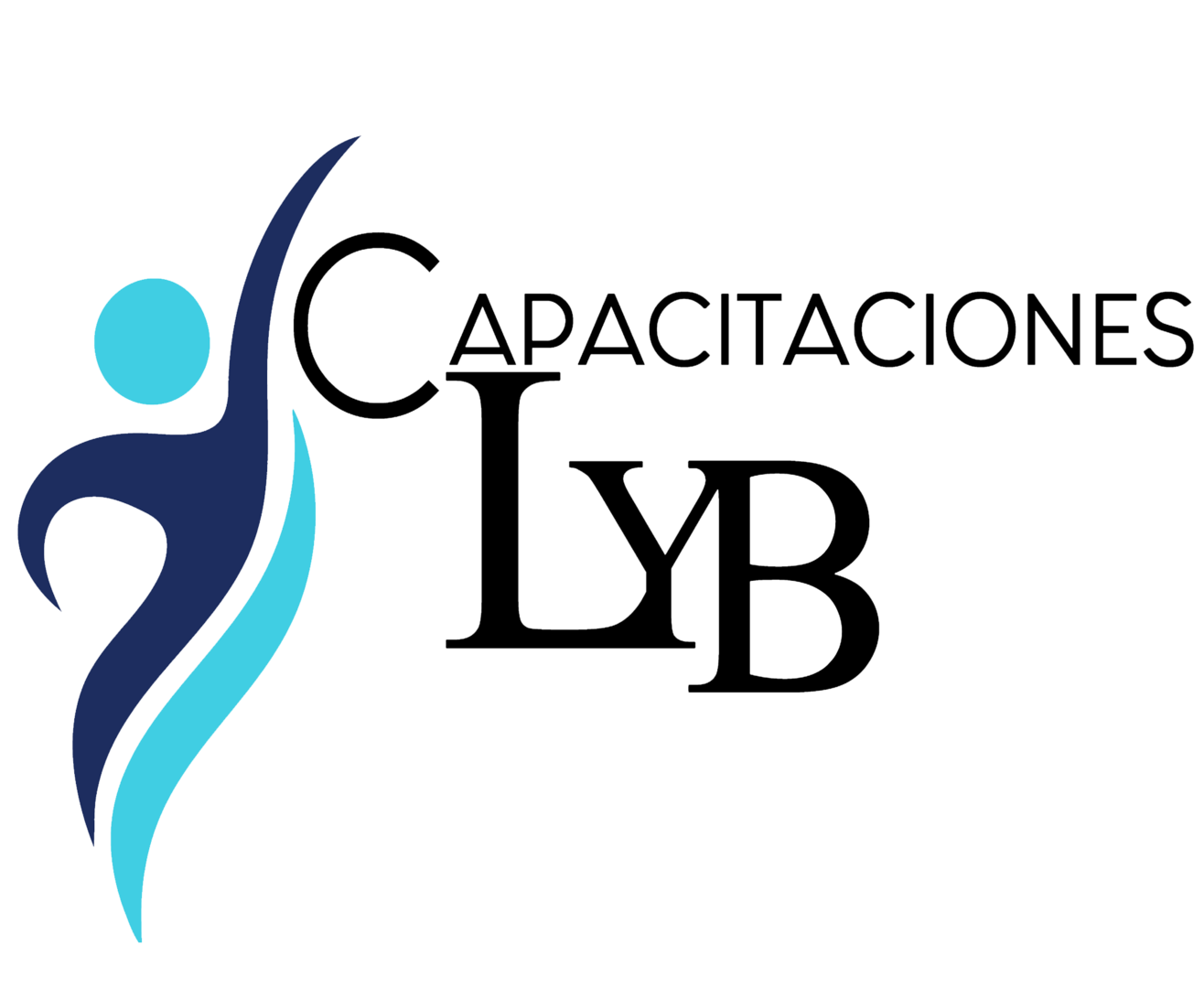These systems not only help manage waste but also contribute to energy production, providing a dual benefit. Additionally, the development of circular economy models encourages the reuse and recycling of materials, minimizing waste and promoting sustainability. By embracing innovative waste management solutions, we can significantly reduce pollution and conserve resources. Public health is closely linked to environmental pollution, making it imperative to address this issue comprehensively. Air and water pollution have been linked to various health problems, including respiratory diseases, cardiovascular issues, and developmental disorders.
This cultural context influences how music affects the brain, as familiar melodies and rhythms can evoke specific memories and emotions tied to one’s cultural background. Understanding the cultural dimensions of music can enhance our appreciation of its role in human experience and its ability to connect people across diverse backgrounds. As we consider the future of music and its influence on the brain, it is essential to recognize the potential for technology to enhance our musical experiences. With the rise of digital platforms and streaming services, access to a vast array of music has never been easier. This democratization of music allows individuals to explore different genres and styles, broadening their musical horizons and potentially enriching their cognitive and emotional lives. The prevalence of loud music, particularly in social settings and through personal devices, raises concerns about hearing loss and auditory health.
- Additionally, the bond between humans and pets can have a significant impact on children’s development.
- Whether through rituals, teachings, or community engagement, religion continues to shape our understanding of ourselves and our place in the world.
- Food bloggers and influencers showcase their culinary creations, often drawing inspiration from various national cuisines.
- Each artifact carries with it the weight of time, embodying the hopes, fears, and aspirations of those who created them.
- Integrating art into educational curricula can help students develop critical thinking skills and a deeper understanding of social issues.
Hope is a powerful motivator, and by believing in our ability to create a better future, we can inspire others to join us in the fight for a healthier planet. The origins of myths can often be traced back to the need for early humans to understand the natural world around them. For instance, many cultures created deities to personify elements of nature, such as the sun, moon, and earth. In Greek mythology, Helios is the sun god who drives his chariot across the sky, illuminating the world below.
porn xxx Yatırım ve Çekim Yöntemleri
However, this period saw the rise of various folk games and tournaments, often associated with local customs and traditions. Jousting became a popular spectacle among the nobility, while peasants engaged in games like mob football, which laid the groundwork for modern soccer. These activities fostered community spirit and provided an outlet for physical expression, even in the absence of formalized sports. Humanism emphasized the importance of the body alongside the mind, leading to a renewed focus on sports and physical education.
Additionally, climate change can contribute to the contamination of water supplies through flooding and increased runoff. Adapting to these changes requires a multifaceted approach, including enhancing infrastructure resilience, implementing water conservation measures, and promoting sustainable land-use practices. Governments and organizations must prioritize research and data collection to better understand the impacts of climate change on water resources.
By fostering collaboration across disciplines and sectors, we can develop innovative strategies that promote sustainability and resilience in the face of complex global issues. Yet, the butterfly effect also invites us to reflect on our values and priorities as individuals and societies. As we navigate the complexities of modern life, we must consider the impact of our choices on future generations.
- This exchange of cultural expressions enriches the global community, highlighting the importance of preserving and celebrating folklore as a means of fostering unity in diversity.
- The Victorian era, with its emphasis on modesty and propriety, saw the rise of the corset and the bustle, shaping women’s silhouettes in dramatic ways.
- In a world that is constantly changing, family traditions provide a stable foundation, offering comfort and a sense of security.
- Despite the growing body of evidence supporting the benefits of meditation, it is essential to acknowledge that the practice is not a panacea.
- Emphasizing the importance of folklore in education, many cultures incorporate these narratives into their teaching methods.
- Investing in the development of future scientists is essential for ensuring the continued advancement of knowledge and innovation.
For instance, a family that gathers every Thanksgiving to express gratitude for their blessings instills in their children the significance of appreciation and reflection. When faced with difficulties, individuals can draw strength from the memories of love and support that their family traditions have provided. New members may be welcomed into the family, and their unique backgrounds and experiences can enrich existing traditions or inspire the creation of new ones. This adaptability ensures that traditions remain relevant and meaningful, allowing families to honor their past while embracing the future.
porn xxx Yeni Adres Kayıt Bilgileri
Strengthening international cooperation is crucial for achieving sustainable development and protecting the planet for future generations. In conclusion, the quest for a sustainable future requires a comprehensive approach to addressing environmental problems. By recognizing the interconnectedness of these issues and implementing innovative solutions, we can create a healthier planet for all. It is imperative that individuals, communities, and governments work together to protect our planet and ensure a sustainable future for generations to come. The solutions are within our reach, but they require commitment, collaboration, and a shared vision for a sustainable world.
One effective approach is to engage in reflective practice, which involves regularly assessing one’s thoughts, beliefs, and decision-making processes. In a world where echo chambers and confirmation bias are prevalent, exposing oneself to a variety of viewpoints is essential for developing a well-rounded perspective. When engaging in conversations, it is important to listen attentively and seek to understand the speaker’s perspective before formulating a response. This practice not only fosters empathy but also encourages individuals to consider alternative viewpoints and engage in more meaningful discussions.
Journalists, bloggers, and social media influencers can help disseminate information about pollution issues and inspire action. By highlighting success stories, sharing practical tips, and amplifying the voices of activists, the media can play a crucial role in mobilizing public support for environmental initiatives. Campaigns that utilize storytelling and visual content can effectively engage audiences and encourage them to take action in their own lives. By promoting sustainable practices, enhancing waste management systems, investing in clean technologies, and fostering education and awareness, we can create a cleaner, healthier world.
- From the smallest microorganisms to the largest mammals, every form of life relies on water for survival.
- Each successive pyramid reflected lessons learned from previous constructions, showcasing a gradual refinement of techniques and designs.
- The intricate metalwork of the ancient Greeks, for example, showcases their mastery of metallurgy and artistry.
- The commitment to democracy is not merely a political choice; it is a moral imperative that shapes the very fabric of our societies.
- Freshwater ecosystems support a diverse range of species, including fish, amphibians, and aquatic plants.
By embracing linguistic diversity, we can foster a more inclusive and understanding world, where the beauty of every language is celebrated and preserved. The future of world languages lies in our hands, and it is our responsibility to ensure that this rich tapestry continues to thrive. The journey of electricity from a mysterious natural phenomenon to a cornerstone of modern civilization is filled with fascinating discoveries, groundbreaking experiments, and brilliant minds. This article delves into the history of the discovery of electricity, tracing its evolution from ancient observations to the technological marvels of today. The ancient Greeks, around 600 BCE, discovered that rubbing amber (fossilized tree resin) with fur could attract lightweight objects, a phenomenon we now understand as static electricity. This discovery was documented by the philosopher Thales of Miletus, who noted the peculiar properties of amber.
This saturation can also create a sense of urgency, prompting individuals to react emotionally rather than rationally. In addition to the emotional impact of media, the influence of media on societal norms and values cannot be overlooked. Media representations of various groups, including racial and ethnic minorities, women, and the LGBTQ+ community, can shape public perceptions and attitudes. Stereotypes perpetuated by media can lead to the marginalization of certain groups, reinforcing existing biases and prejudices. Conversely, positive representations can challenge stereotypes and promote understanding and acceptance. The media’s role in shaping societal norms underscores the importance of diverse and accurate representation in media content.
This cultural variability highlights the importance of being aware of the nonverbal cues that are appropriate in different contexts, as misinterpretations can lead to misunderstandings. Let’s explore the concept of emotional intelligence, which plays a crucial role in nonverbal communication. Individuals with high emotional intelligence are often more adept at reading and interpreting nonverbal cues. They can pick up on subtle changes in body language or facial expressions, allowing them to respond appropriately to the emotions of others.
The journey of a manuscript from its creation to its current location can reveal much about its significance and the value placed upon it by different cultures over time. Many manuscripts have traveled across continents, changing hands through trade, conquest, or donation. The history of a manuscript can often be traced through its ownership, with notable collectors and institutions playing a role in its preservation and study. Knock on the door of a library or museum housing ancient manuscripts, and you may find a treasure trove of knowledge waiting to be explored. Institutions around the world, from the British Library to the Vatican Library, house collections of manuscripts that span centuries and cultures. These collections are not only valuable for their content but also for the insights they provide into the history of writing, bookmaking, and the transmission of knowledge.
The advent of digital technologies, such as virtual reality and augmented reality, has the potential to revolutionize how we experience and interact with ancient artifacts. Imagine stepping into a virtual reconstruction of an ancient city, walking among the ruins, and examining artifacts in their original context. These technologies can enhance our understanding and appreciation of history, making it more engaging and accessible to diverse audiences. Documenting the ongoing research and discoveries related to ancient artifacts is crucial for preserving knowledge for future generations.
It reflects our joys, sorrows, struggles, and triumphs, capturing the essence of what it means to be human. As we celebrate the cultural significance of dance, let us recognize its potential to shape our world, inspire future generations, and create a more inclusive and compassionate Access restricted content easily society. Just as a jewel reflects light in myriad ways, architectural masterpieces illuminate the cultural, historical, and artistic values of their time. These structures, ranging from ancient wonders to modern marvels, serve as testaments to human ingenuity and creativity.
By prioritizing sustainability and understanding the features of different climatic zones, we can create a more resilient and harmonious relationship with our planet. Ultimately, the exploration of climatic zones is not just an academic pursuit; it is a call to action. Each of us has a role to play in protecting the environment and ensuring that the unique features of our planet’s climatic zones are preserved for generations to come. Through education, awareness, and sustainable practices, we can contribute to a healthier planet and a brighter future.
This digital landscape has democratized literary discourse, enabling voices that may have been marginalized in traditional publishing to gain visibility and recognition. As a result, literature becomes a more inclusive space, reflecting a broader spectrum of experiences and perspectives. Moreover, the rise of self-publishing has empowered authors to share their stories without the constraints of traditional publishing houses. This shift has led to an explosion of diverse narratives, allowing for the exploration of underrepresented themes and voices.
Urban planners must consider noise pollution in their designs, implementing strategies to mitigate its effects. Additionally, public awareness campaigns can educate residents about the health risks associated with noise pollution and encourage them to adopt noise-reducing practices in their daily lives. Residents can play an active role in advocating for quieter neighborhoods by participating in local planning meetings and voicing their concerns about noise pollution. Innovations in transportation, such as electric vehicles and improved public transit systems, can significantly decrease noise levels in cities. Additionally, smart city technologies can monitor noise pollution in real-time, allowing for targeted interventions in areas with high noise levels.
Upbeat and lively tunes can evoke feelings of happiness and excitement while slower, more reflective pieces can provide solace and comfort during difficult times. This ability of music to influence our emotional state is a testament to its profound impact on our psychological well-being. By consciously choosing music that resonates with our current feelings or desired emotional state, we can harness its power to enhance our mood and overall outlook on life. Many artists use their platforms to address pressing social issues, from inequality to environmental concerns. Through powerful lyrics and evocative melodies, music can raise awareness and inspire action, mobilizing communities to come together for a common cause.
Whether through painting, dance, music, literature, or digital media, the creative process enables artists to explore their emotions and share their experiences with the world. As we engage with art, we are invited to reflect on our own feelings, fostering empathy and understanding in a complex and often challenging world. The canvas of feelings that art provides is vast and varied, reminding us of the power of creativity to connect us all. The emotional resonance of artistic expression will remain a vital aspect of the human experience, offering a space for reflection, connection, and healing.
- Setting limits on screen time and encouraging outdoor activities can help mitigate these risks while still allowing children to reap the benefits of gaming.
- Maxwell formulated a set of equations, known as Maxwell’s Equations, that describe the behavior of electric and magnetic fields.
- By committing to understanding and accepting one another, we can create a world where diversity is celebrated, and differences are seen as strengths rather than obstacles.
- Scientists and policymakers must work collaboratively to ensure that the benefits of scientific progress are distributed fairly and that vulnerable populations are not left behind.
- Educational programs that emphasize STEM fields, coupled with outreach initiatives that highlight the importance of space exploration, can ignite a passion for discovery in young minds.
Significantly, AI technologies are being integrated into various scientific disciplines, from biology and chemistry to physics and environmental science. The ability of AI to process vast amounts of data at unprecedented speeds allows scientists to uncover patterns and correlations that would be impossible to detect through traditional methods. For instance, in genomics, AI algorithms can analyze genetic sequences to identify mutations associated with diseases, paving the way for personalized medicine and targeted therapies. Machine learning models can predict how different compounds will interact with biological targets, drastically reducing the time and cost associated with bringing new drugs to market.



